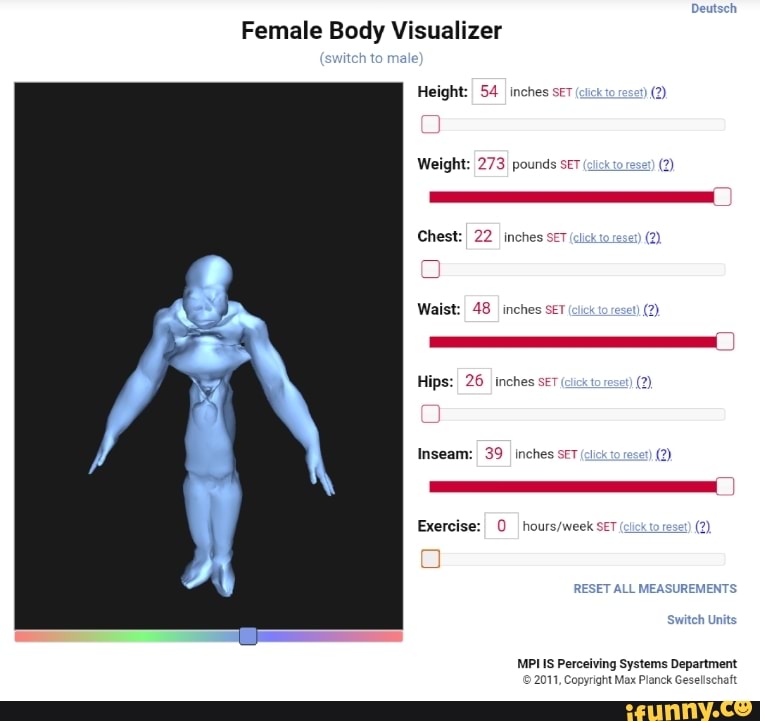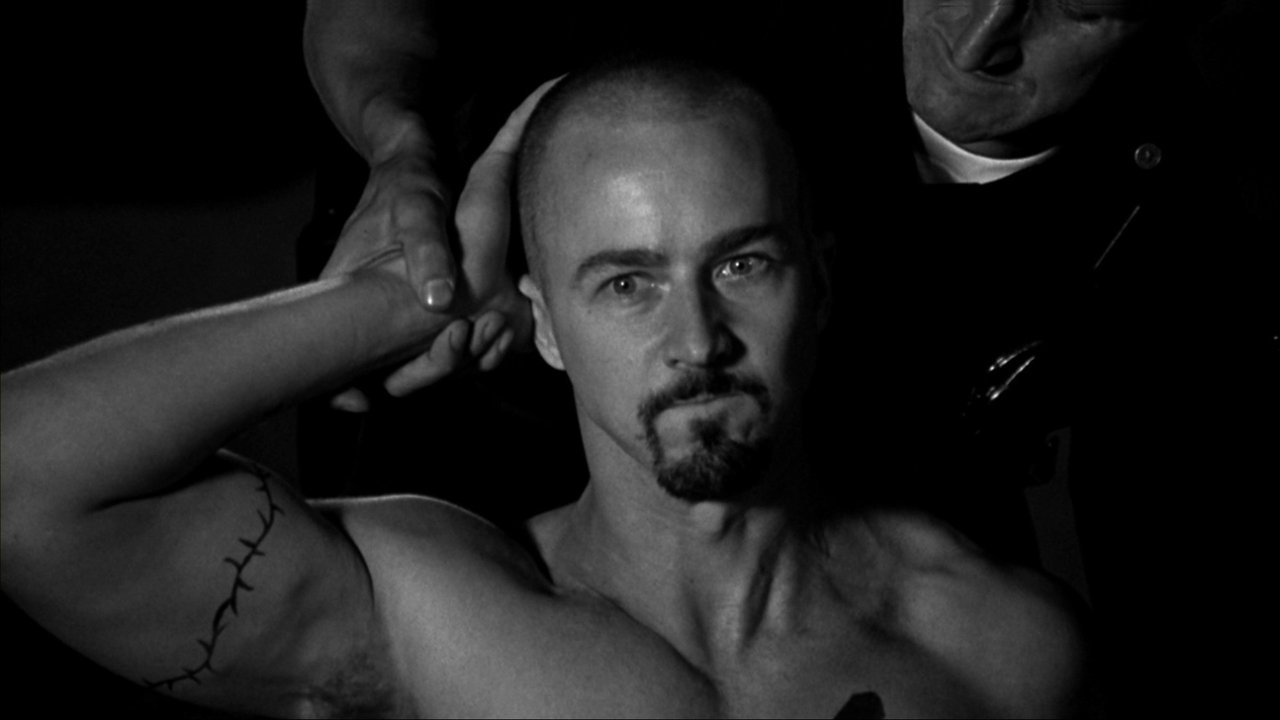3D body visualization is rapidly transforming numerous industries, offering unprecedented opportunities for precision and personalization. From revolutionizing healthcare practices to enhancing the fashion and gaming experiences, this technology is reshaping how we interact with and understand the human form. This detailed exploration delves into the techniques, applications, and ethical considerations surrounding 3D body scanning and visualization.
The ability to create highly accurate three-dimensional models of the human body has opened doors to advancements across various sectors. This article examines the diverse applications, from surgical planning and prosthetic design to virtual fashion fitting rooms and personalized avatars, highlighting both the immense potential and the inherent limitations of this evolving technology.
Applications of 3D Body Visualization
3D body visualization is rapidly transforming various industries, offering innovative solutions and enhancing existing processes. Its applications span healthcare, fashion, gaming, and beyond, impacting how we understand, interact with, and improve the human body.
Industry Applications of 3D Body Visualization
The following table showcases examples of 3D body visualization across diverse sectors, highlighting the advantages and limitations of its implementation.
| Industry | Application | Benefits | Limitations |
|---|---|---|---|
| Healthcare | Surgical planning, prosthetics design, patient-specific implants | Improved accuracy, reduced surgical time, personalized treatment | High cost, data privacy concerns, potential for errors in scanning or processing |
| Fashion | Virtual fitting rooms, custom clothing design, body measurements | Enhanced customer experience, reduced returns, efficient design process | Requires accurate body scans, technological limitations in fabric simulation, potential for data breaches |
| Gaming | Character creation, realistic avatars, motion capture | Immersive gaming experience, personalized character customization, improved animation | High processing power required, potential for motion capture errors, cost of development |
| Ergonomics | Designing ergonomic workspaces and equipment | Improved workplace safety, reduced injuries, increased productivity | Requires accurate body measurements and posture data, complexity of modeling interactions |
3D Body Visualization in Healthcare: Surgical Planning
In the healthcare sector, 3D body visualization offers significant advantages for surgical planning. Pre-operative planning using 3D models allows surgeons to visualize complex anatomical structures, identify potential challenges, and plan the optimal surgical approach. This leads to more precise incisions, reduced surgical time, and improved patient outcomes. However, the high cost of equipment and expertise, along with the potential for errors in scan interpretation, represent limitations.
VR vs. AR in 3D Body Visualization
Both virtual reality (VR) and augmented reality (AR) offer unique applications for 3D body visualization. VR provides a fully immersive experience, allowing users to interact with a 3D model of the body in a simulated environment. AR, on the other hand, overlays digital information onto the real world, allowing users to see the 3D model in relation to their physical surroundings.
While VR is ideal for detailed analysis and surgical planning, AR is better suited for interactive applications like virtual fitting rooms or rehabilitation exercises.
Techniques for Creating 3D Body Visualizations
Several methods exist for capturing and processing body data to create 3D visualizations. The choice of method depends on factors such as accuracy requirements, cost, and available technology.
Body Data Acquisition Methods
- Photogrammetry: Utilizes multiple photographs taken from different angles to create a 3D model. This method is relatively inexpensive and accessible but can be less accurate than other techniques, particularly for complex anatomical structures.
- Laser Scanning: Employs lasers to measure the surface of the body, generating a highly accurate point cloud that can be used to create a detailed 3D model. This method is more expensive than photogrammetry but offers greater precision.
- MRI and CT Scanning: Medical imaging techniques that provide detailed internal anatomical information. These scans can be used to create 3D models of internal organs and structures, enabling precise surgical planning and diagnosis.
Software and Tools for 3D Body Scan Processing
Specialized software is required to process and manipulate 3D body scans. These programs allow for cleaning up noisy data, creating surface meshes, texturing models, and adding anatomical details. Popular software options include MeshLab, Blender, and specialized medical imaging software packages.
Workflow for Creating a 3D Body Visualization from Photographs
- Image Acquisition: Take multiple high-resolution photographs of the subject from various angles, ensuring good lighting and minimal shadows.
- Image Processing: Use photogrammetry software to align and process the images, creating a dense point cloud.
- Mesh Creation: Generate a 3D mesh from the point cloud, defining the surface of the body.
- Texture Mapping: Apply texture to the mesh, giving the model a realistic appearance.
- Model Refinement: Clean up the model, removing any artifacts or errors, and add details as needed.
Accuracy and Limitations of 3D Body Visualization
While 3D body visualization offers numerous benefits, it’s crucial to acknowledge potential sources of error and ethical considerations.
Discover how craigslist poconos has transformed methods in this topic.
Sources of Error and Inaccuracy
Errors can arise from various stages of the process, including inaccuracies in scanning, noise in the data, limitations in software algorithms, and human error during data processing and model refinement. The accuracy of the final 3D model depends heavily on the quality of the input data and the expertise of the individuals involved.
Ethical Considerations
The use of 3D body scans raises ethical concerns regarding data privacy and potential misuse. Strict protocols must be in place to protect the privacy and confidentiality of individuals’ body data. The potential for unauthorized access, manipulation, or distribution of sensitive information must be addressed.
Advancements Improving Accuracy
Technological advancements are continually improving the accuracy and detail of 3D body visualizations. Improvements in scanning technologies, such as higher-resolution lasers and more sophisticated algorithms for data processing, are leading to more precise and realistic models. The development of AI-powered tools for automated data processing and error correction further enhances accuracy.
Future Trends in 3D Body Visualization
Source: ifunny.co
The field of 3D body visualization is poised for significant growth and innovation in the coming years, driven by advancements in technology and expanding applications.
Future Applications
Emerging fields like personalized medicine, virtual fashion, and advanced prosthetics stand to benefit greatly from the continued development of 3D body visualization. Imagine a future where virtual consultations allow doctors to assess a patient’s condition remotely using a highly accurate 3D body model, leading to faster and more efficient diagnoses and treatment plans.
Visual Representation of a Future Application
Imagine a holographic display in a doctor’s office. A patient’s 3D body model, rendered with incredible detail, including internal organs and vascular systems, is projected in mid-air. The doctor interacts with the model, rotating it, zooming in on specific areas, and overlaying diagnostic data to quickly assess the patient’s condition. The holographic display also shows potential surgical pathways in real-time, allowing for improved surgical planning and reduced risks.
The environment is clean, modern, and technologically advanced, emphasizing the seamless integration of technology into healthcare.
Technological Advancements
- Improved scanning technologies: Higher-resolution sensors, faster scanning speeds, and more robust algorithms for data acquisition.
- AI-powered data processing: Automated tools for cleaning, processing, and refining 3D body scans, reducing manual effort and improving accuracy.
- Integration with other technologies: Combining 3D body visualization with other technologies, such as AR/VR, haptic feedback, and AI-driven diagnostic tools.
- Development of more realistic materials: Creation of virtual fabrics and tissues that closely mimic the properties of real materials, improving the accuracy of simulations.
Illustrative Examples of 3D Body Visualization
Several case studies demonstrate the practical applications and impact of 3D body visualization across various sectors.
Case Study: Prosthetic Design, 3d body visualization
3D body visualization plays a crucial role in designing custom prosthetics. By creating a precise 3D model of the patient’s residual limb, prosthetists can design a prosthetic that fits perfectly, providing optimal comfort and functionality. This process reduces the time required for fitting and adjustments, leading to a more efficient and patient-centered approach to prosthetic care.
The use of 3D body scanning in prosthetic design resulted in a 25% reduction in fitting time and a 15% increase in patient satisfaction, according to a study conducted by the University of California, Berkeley.
Diverse Examples of 3D Body Visualization
| Sector | Application | Impact | Future Potential |
|---|---|---|---|
| Healthcare | Personalized drug delivery systems | Improved drug efficacy and reduced side effects | Development of patient-specific drug formulations |
| Automotive | Designing safer and more comfortable car seats | Reduced driver fatigue and improved safety | Development of personalized in-car safety systems |
| Sports | Designing customized sports equipment | Improved athletic performance and reduced risk of injury | Development of real-time biofeedback systems for athletes |
Personalized Avatars and Digital Twins
3D body visualization is increasingly used to create personalized avatars and digital twins for various applications. In gaming, avatars can be customized to precisely reflect the player’s body shape and movements, enhancing immersion. In healthcare, digital twins can be used to simulate the effects of treatments and diseases, aiding in personalized medicine and preventative care.
Epilogue
3D body visualization stands poised to become an even more integral part of our lives in the coming years. As technology continues to advance, expect to see even more sophisticated and accurate visualizations, leading to breakthroughs in healthcare, personalized experiences, and beyond. The ethical considerations surrounding data privacy and potential misuse remain crucial aspects requiring ongoing discussion and responsible development.



